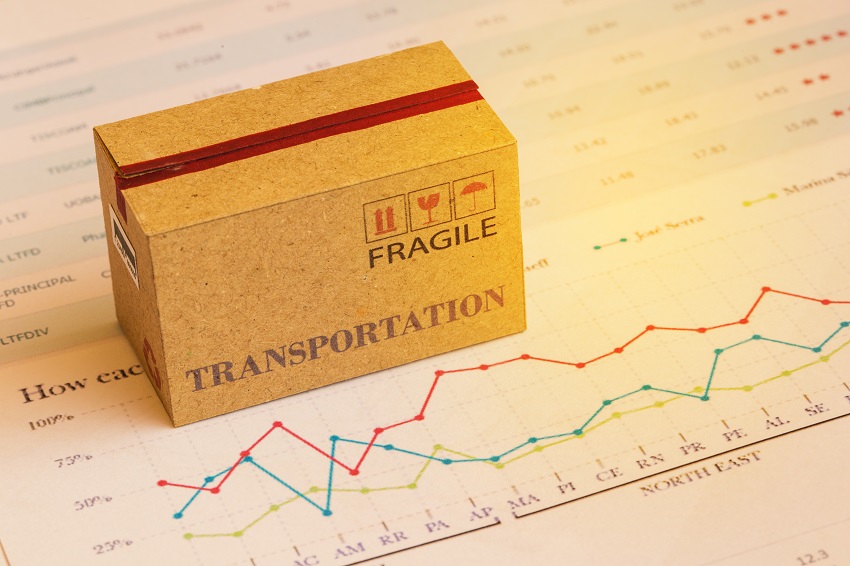UPS made some recent low-key changes to the rate table for its Additional Handling and Large Package surcharges. It’s understandable if the increases flew under your radar because the small parcel carriers have both gotten good at the quiet, slow-drip approach to increasing these types of extra costs.
To fill you in on what’s behind these changes aside from the obvious (more revenue for UPS), we asked Brian Byrd, EVP of Operations at Transportation Impact.
First, below are details copied from the UPS website, which you can read in full here (PDF).
Note how the fees in effect until April 10, 2021 are the same for all zones, but are different based on zone thereafter.
Question:
Besides simply driving more revenue, what’s behind these updates from UPS’s perspective?
Brian Byrd:
There is specific intent with the increases, which is to make more money on bulky, odd-shaped, and large packages with longer transit times. These types of packages already require more handling (and therefore cost to the carrier), and longer transit time means even more time and touches within the carrier‘s network. The thought process is likely that UPS plans to reinvest the additional revenue from this tariff change in more automation designed to handle these types of packages with more efficiency. It’s shippers with a transit zone average of 5+ who will see their packages trigger the Additional Handling or Large Package surcharges.
Question:
Is there a market trend UPS is trying to get ahead of with these increases?
Brian Byrd:
It appears so, yes. The growth of ecommerce was a trend pre-pandemic, and it has only accelerated over the past year-plus. The increased buyer appetite for large and odd-sized packages delivered to residential addresses has been one result, and the carriers see a revenue-generating opportunity. Dimension and weight-related surcharges have been aggressively increased over the past few GRIs. This added variable of zone (or distance traveled) is another instance of the carriers creatively upping the charges outside of the annual GRI. As both carriers look to build their delivery density in the B2C market, it’s vital for companies shipping these types of packages to pay close attention going forward.
Question:
Will FedEx follow suit with similar increases?
Brian Byrd:
I believe this announcement is playing out exactly like the Large Package Commercial and Residential split did a few years ago. Shippers will remember that in December 2017, UPS announced that its Large Package Surcharge (LPS) would increase for Residential shipments by $10 starting in July 2018, whereas LPS was previously the same charge for Commercial and Residential deliveries. Same as now, UPS gave the market a six-month warning of the change in its GRI announcement for LPS. FedEx subsequently watched from the sidelines and didn’t make a similar change until 2019. In the interim, FedEx held that important pricing advantage in the marketplace for a six-month period (July 2018 to Jan 2019). Since FedEx hasn’t announced a similar pricing change yet, it appears the carrier may follow the same playbook and hold off on making a change until 2022.
What To Do Next:
Companies subject to UPS’s updated surcharges need to understand the cost impact based on their shipping characteristics. The idea of using FedEx as a replacement should also be considered. Either way, these changes are a clear signal that your company’s small parcel agreements should be reviewed and possibly renegotiated. These are things Transportation Impact does very well. Contact us at info@transimpact.com to get a no-obligation breakdown of how these surcharges will impact your small parcel costs and an analysis showing what your rates could be by negotiating new agreements with UPS or FedEx.


